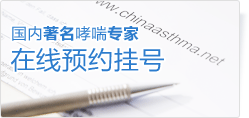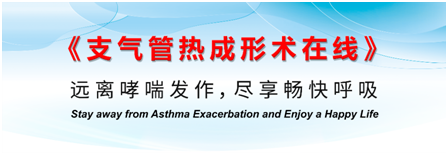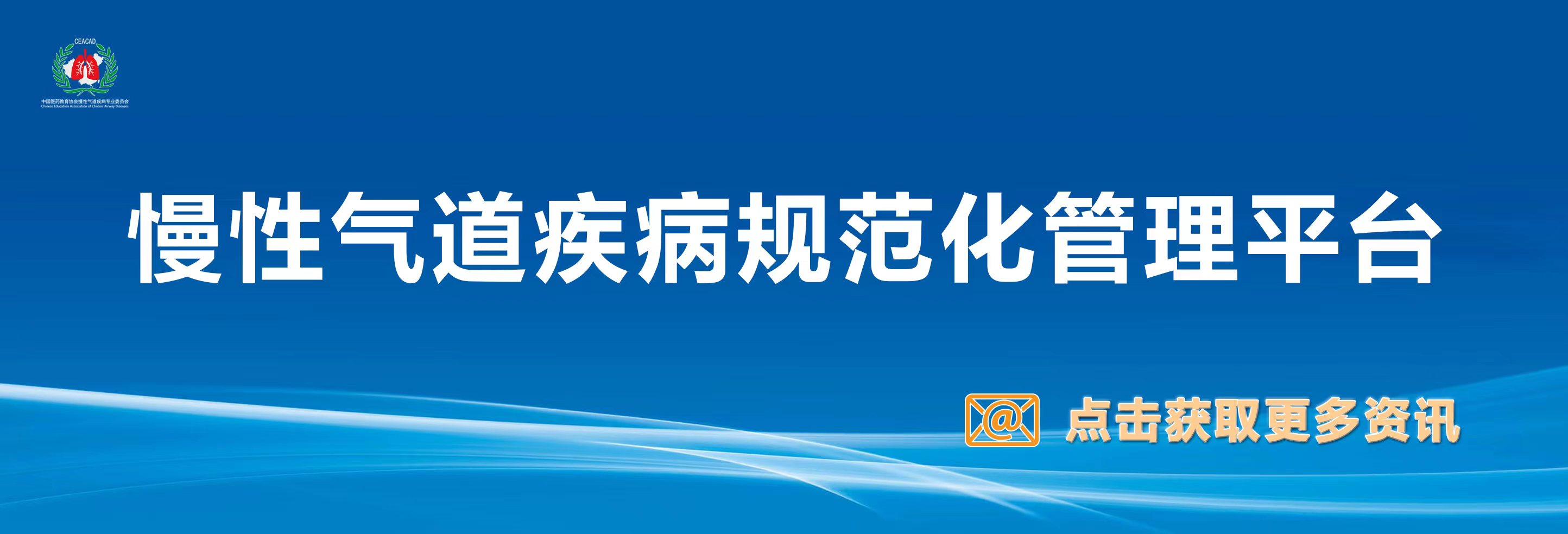采用奥马珠单抗或吸入性皮质类固醇激素的个性化治疗有助于预防秋季哮喘恶化
2016/01/14
摘要
研究背景:短期靶向治疗可能会预防秋季哮喘恶化,同时限制治疗暴露。
研究目的:我们旨在比较(1)奥马珠单抗与安慰剂、(2)奥马珠单抗与吸入性糖皮质激素在返校前使用4-6周后对秋季哮喘恶化率的影响。
研究方法:本研究是一项3臂、随机、双盲、双安慰剂对照、多中心研究,研究对象是6-17岁近期发生一次或一次以上哮喘恶化的市中心儿童(clincaltrials.gov#NCT01430403)。根据治疗指南完成4-9个月以上的导入期和4个月的干预期。在子集中检测奥马珠单抗能否增强PBMC(外周血单核细胞)中IFN-α对鼻病毒的反应。
研究结果:2012-2013年秋季前,共727例儿童纳入研究,513例是随机的,478例被纳入分析。与安慰剂相比,奥马珠单抗能显著降低秋季恶化率(11.3% vs 21.0%; 比值比 [OR], 0.48; 95% 可信区间, 0.25-0.92),但是奥马珠单抗与ICS间无显著差异(8.4% vs 11.1%; 比值比 0.73; 95% 可信区间, 0.33-1.64)。在参与者试验阶段出现恶化的预设小群体分析中,奥马珠单抗显著优于安慰剂组(6.4% vs 36.3%;OR,0.12;95% 可信区间,0.02-0.64)和ICS组(2.0% vs 27.8%;OR,0.05;95%可信区间,0.002-0.98)。奥马珠单抗提高了IFN-α对鼻病毒的反应,在奥马珠单抗组,IFN-α增加与恶化减少相关(OR,0.14;95%可信区间,0.01-0.88)。不良事件罕见并且各组间相似。
研究结论:返校前,在正在进行的基于指南的哮喘治疗中加用奥马珠单抗能显著降低市中心青少年秋季哮喘的恶化,特别是对于最近恶化的青少年来说。
(苏欣 审校)
JAllergyClinImmunol. 2015Oct23.pii:S0091-6749(15)01342-1.doi:10.1016/j.jaci.2015.09.008. [Epub ahead of print]
Preseasonal treatment with either omalizumab or an inhaled corticosteroid boost to prevent fall asthma exacerbations.
Teach SJ1, Gill MA2, Togias A3, Sorkness CA4, Arbes SJ Jr5, Calatroni A5, Wildfire JJ5, Gergen PJ3, Cohen RT6,Pongracic JA7, Kercsmar CM8, Khurana Hershey GK8, Gruchalla RS2, Liu AH9, Zoratti EM10, Kattan M11, Grindle KA4, Gern JE4, Busse WW4, Szefler SJ12.
Abstract
BACKGROUND:Short-term targeted treatment can potentially prevent fall asthma exacerbations while limiting therapy exposure.
OBJECTIVE:We sought to compare (1) omalizumab with placebo and (2) omalizumab with an inhaled corticosteroid (ICS) boost with regard to fall exacerbation rates when initiated 4 to 6 weeks before return to school.
METHODS:A 3-arm, randomized, double-blind, double placebo-controlled, multicenter clinical trial was conducted among inner-city asthmatic children aged 6 to 17 years with 1 or more recent exacerbations (clincaltrials.gov #NCT01430403). Guidelines-based therapy was continued over a 4- to 9-month run-in phase and a 4-month intervention phase. In a subset the effects of omalizumab on IFN-α responses to rhinovirus in PBMCs were examined.
RESULTS:Before the falls of 2012 and 2013, 727 children were enrolled, 513 were randomized, and 478 were analyzed. The fall exacerbation rate was significantly lower in the omalizumab versus placebo arms (11.3% vs 21.0%; odds ratio [OR], 0.48; 95% CI, 0.25-0.92), but there was no significant difference between omalizumab and ICS boost (8.4% vs 11.1%; OR, 0.73; 95% CI, 0.33-1.64). In a prespecified subgroup analysis, among participants with an exacerbation during the run-in phase, omalizumab was significantly more efficacious than both placebo (6.4% vs 36.3%; OR, 0.12; 95% CI, 0.02-0.64) and ICS boost (2.0% vs 27.8%; OR, 0.05; 95% CI, 0.002-0.98). Omalizumab improved IFN-α responses to rhinovirus, and within the omalizumab group, greater IFN-α increases were associated with fewer exacerbations (OR, 0.14; 95% CI, 0.01-0.88). Adverse events were rare and similar among arms.
CONCLUSIONS:Adding omalizumab before return to school to ongoing guidelines-based care among inner-city youth reduces fall asthma exacerbations, particularly among those with a recent exacerbation.
JAllergyClinImmunol. 2015Oct23.pii:S0091-6749(15)01342-1.doi:10.1016/j.jaci.2015.09.008. [Epub ahead of print]
上一篇:
儿童哮喘及吸入性糖皮质激素对成年后身高影响的系统评价和Meta分析
下一篇:
目前在哮喘治疗中抗胆碱能药物的作用-临床实践中的关键信息









